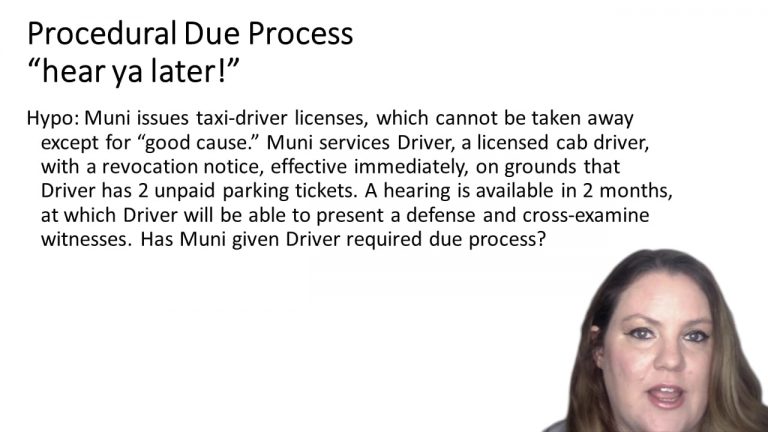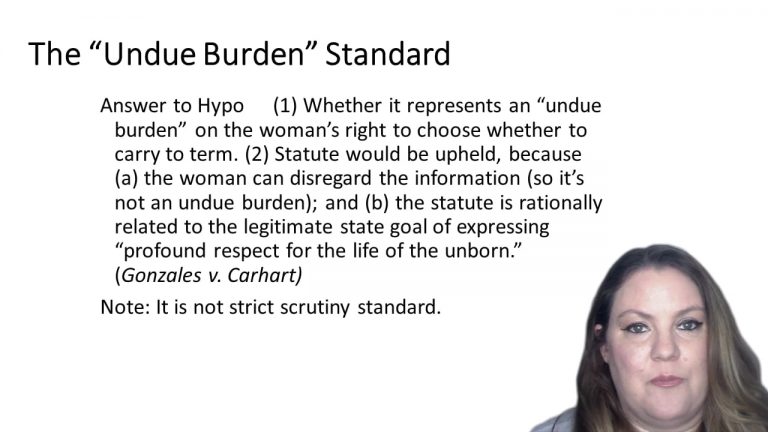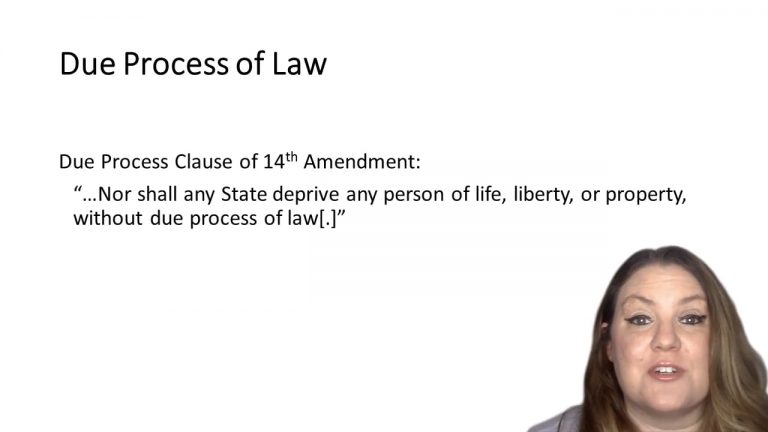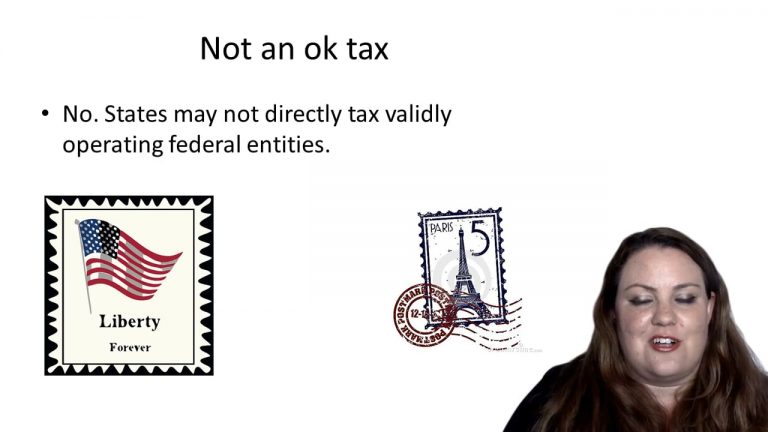SmartBrief
Confirm favorite deletion?
Civil Procedure Keyed to Subrin
Hamdi v. Rumsfeld
Citation:
542 U.S. 507 (2004)Facts
In 2001, in response to 9/11, Congress passed the Authorization for Use of Military Force (AUMF), authorizing the President to use all appropriate and necessary force against persons suspected of engaging in terrorist activity against the United States. Yaser, a U.S. citizen, was seized in Afghanistan on suspicion that he was actively working with the Taliban regime. The U.S. interrogated Yaser in Afghanistan before transferring him to the Guantanamo Bay. After the authorities learned that he was an American citizen, he was transferred Virginia and then South Carolina. The Government contended that because Hamdi was an “enemy combatant” it could hold him indefinitely in the United States without formal charges or proceedings until it determined that access to counsel or further process was warranted. Yaser’s father filed a writ of habeas corpus, alleging that Yaser’s detainment violated the Fifth and Fourteenth Amendments, and demanding that Yaser be appointed counsel and given a fair hearing. The government filed a motion to dismiss, which included an outline of the evidence against Yaser, called the Mobbs Report. The district court found that the Mobbs Report did not contain enough evidence to hold Yaser without trial. The Fourth Circuit reversed, holding that the United States acted constitutionally in detaining Yaser, and Yaser petitioned for certiorari to the U.S. Supreme Court. The U.S. Supreme Court granted certiorari.
Only StudyBuddy Pro offers the complete Case Brief Anatomy*
Access the most important case brief elements for optimal case understanding.
*Case Brief Anatomy includes: Brief Prologue, Complete Case Brief, Brief Epilogue
- The Brief Prologue provides necessary case brief introductory information and includes:
Topic:
Identifies the topic of law and where this case fits within your course outline.Parties:
Identifies the cast of characters involved in the case.Procedural Posture & History:
Shares the case history with how lower courts have ruled on the matter.Case Key Terms, Acts, Doctrines, etc.:
A case specific Legal Term Dictionary.Case Doctrines, Acts, Statutes, Amendments and Treatises:
Identifies and Defines Legal Authority used in this case.
- The Case Brief is the complete case summarized and authored in the traditional Law School I.R.A.C. format. The Pro case brief includes:
Brief Facts:
A Synopsis of the Facts of the case.Rule of Law:
Identifies the Legal Principle the Court used in deciding the case.Facts:
What are the factual circumstances that gave rise to the civil or criminal case? What is the relationship of the Parties that are involved in the case.Issue(s):
Lists the Questions of Law that are raised by the Facts of the case.Holding:
Shares the Court's answer to the legal questions raised in the issue.Concurring / Dissenting Opinions:
Includes valuable concurring or dissenting opinions and their key points.Reasoning and Analysis:
Identifies the chain of argument(s) which led the judges to rule as they did.
- The Brief Prologue closes the case brief with important forward-looking discussion and includes:
Policy:
Identifies the Policy if any that has been established by the case.Court Direction:
Shares where the Court went from here for this case.
Topic Resources
Topic Videos
 3m 5s
3m 5s 4m 27s
4m 27s 2m 6s
2m 6s 14m 29s
14m 29sTopic Refresher Course
